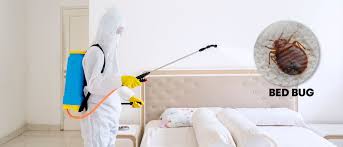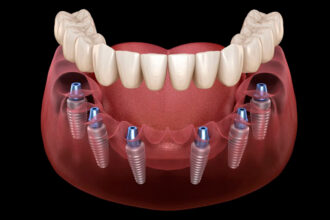Bedbugs are one of the most unwelcome pests that can invade your home, causing discomfort, sleepless nights, and stress. These tiny, elusive insects feed on human blood and can quickly multiply if left unchecked. If you’re dealing with an infestation or want to prevent one, understanding bedbug control methods is essential.
In this blog, we’ll cover the basics of bedbug behavior, signs of infestation, and the most effective control strategies to keep your home bedbug-free.
What Are Bedbugs?
Bedbugs are small, reddish-brown insects that typically feed at night. They hide in cracks, crevices, mattresses, bed frames, furniture, and even behind wallpaper. Bedbugs don’t transmit diseases, but their bites cause itching, allergic reactions, and anxiety.
Signs You Have Bedbugs
-
Bite marks: Small, itchy red bumps, often in a line or cluster.
-
Blood stains: Tiny spots of blood on sheets or pillowcases.
-
Fecal spots: Dark, rust-colored spots on mattresses or furniture.
-
Musty odor: A sweet, musty smell caused by bedbug scent glands.
-
Visible bugs: Seeing live bugs, shed skins, or eggs around your sleeping area.
Effective Bedbug Control Methods
1. Inspection and Identification
The first step in bedbug control is a thorough inspection of your home. Check common hiding places like mattress seams, bed frames, baseboards, and furniture joints.
2. Cleaning and Decluttering
Vacuum carpets, mattresses, furniture, and floors regularly. Wash bedding, curtains, and clothes in hot water and dry on high heat. Declutter your space to reduce hiding spots.
3. Use of Heat Treatments
Bedbugs and their eggs die when exposed to temperatures above 120°F (49°C) for several minutes. Professional heat treatments use specialized equipment to heat infested rooms effectively.
4. Chemical Treatments
Pesticides labeled for bedbug control can be applied by professionals. These include insecticides like pyrethroids and desiccants that kill bedbugs on contact or through dehydration.
5. Preventative Measures
Use mattress and box spring encasements, seal cracks and crevices, and reduce clutter. Be cautious with secondhand furniture and inspect hotel rooms when traveling.
When to Call a Professional
DIY methods might work for small infestations, but bedbugs are notoriously hard to eliminate completely. Professional pest control experts have the training, equipment, and access to stronger treatments to eradicate bedbugs safely and efficiently.
Final Thoughts
Bedbug control requires vigilance, thoroughness, and sometimes professional intervention. Early detection and prompt action are key to preventing these pests from taking over your home. By combining proper cleaning, heat or chemical treatments, and preventive practices, you can protect your home and your family from bedbug infestations.





